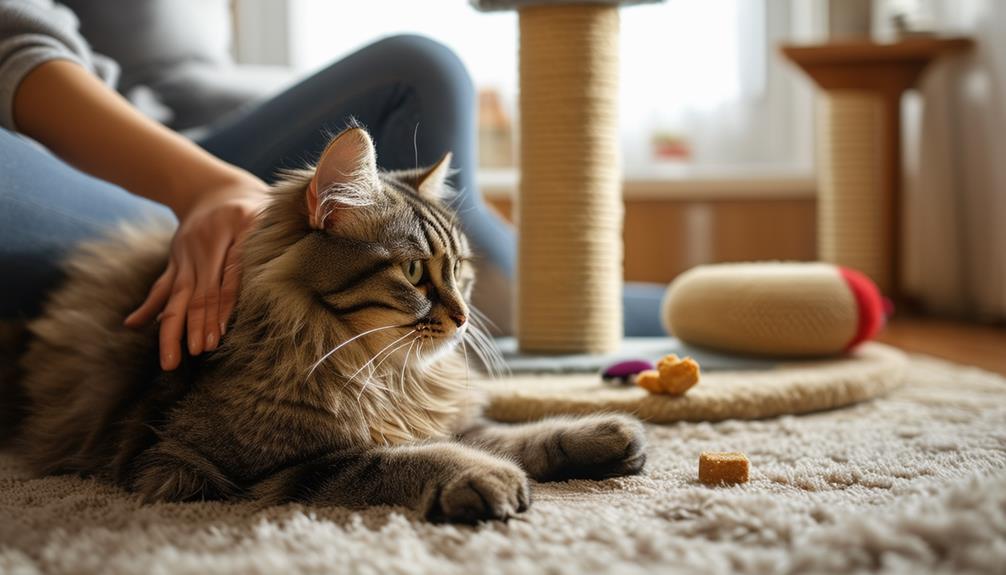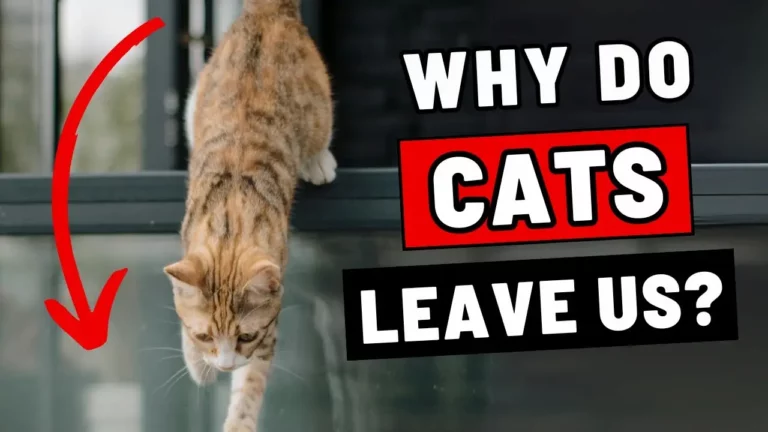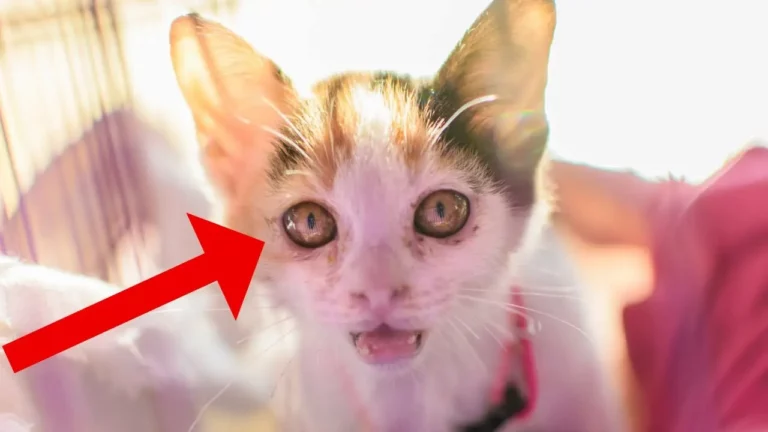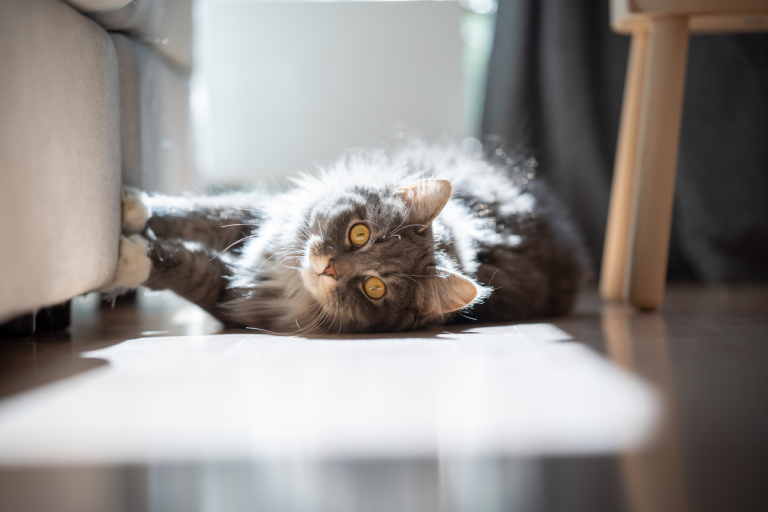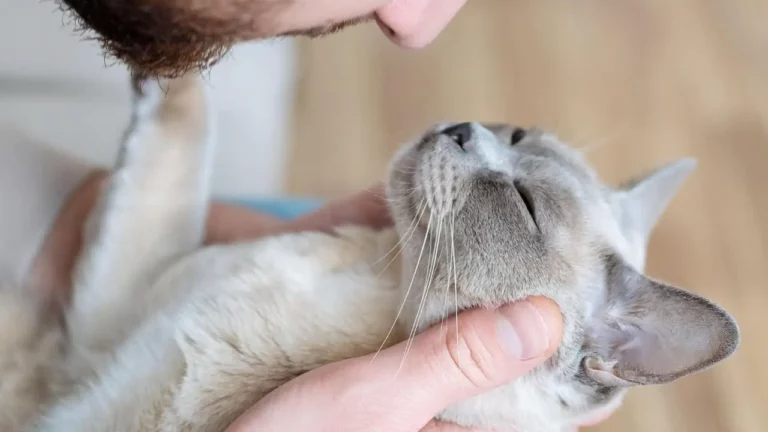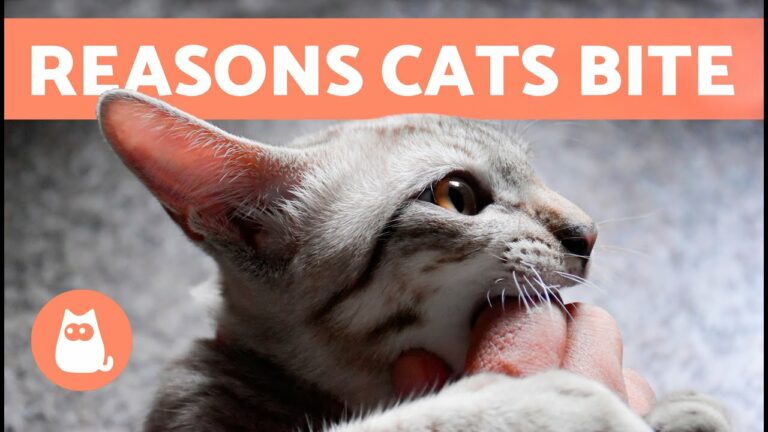How Much Does Your Cat Trust You? Look At These Things and Find Out!
Building trust with your
This bond isn’t just about warm, fuzzy feelings; it’s essential for your
However, mishandling can lead to stress or even injury, especially if you’re not aware of the risks involved.
Understanding your
How can you make sure you’re interpreting these signals correctly and fostering a secure relationship?
Importance of Trust
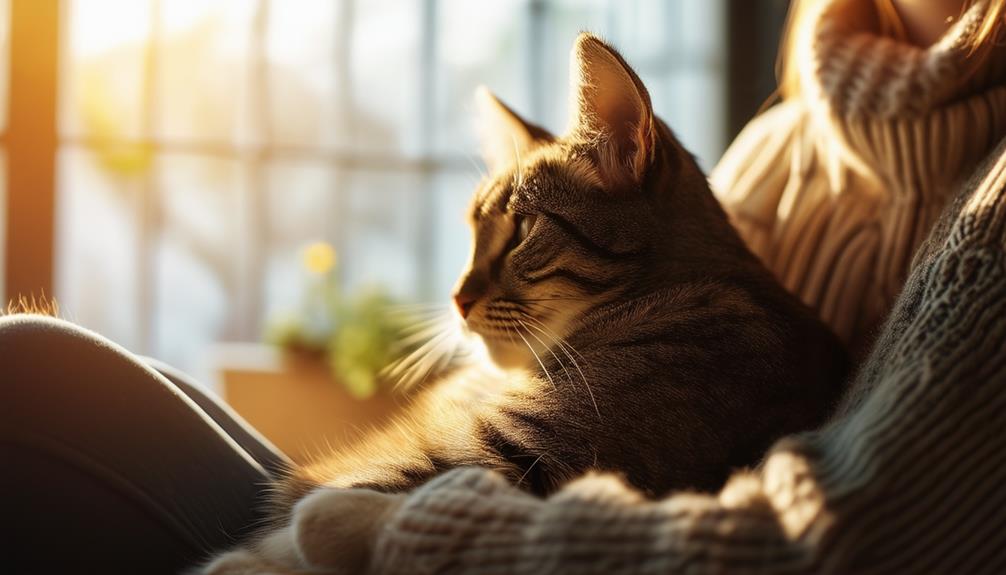
Trust is the cornerstone of a healthy and happy relationship with your
When your four-legged friend feels safe and secure with you, it strengthens your bond and enhances their overall well-being.
Mutual trust influences your
To cultivate this trust, you need to be patient, gentle, and observant.
Pay attention to your
Risks and Discomfort
While building trust with your
For example, pulling your
Cats are sensitive creatures, and handling them roughly or inappropriately can break the trust you’re trying to build.
Be mindful when touching sensitive areas like their belly or nose, as these can be uncomfortable if your
Always pay close attention to your
Trust Signals
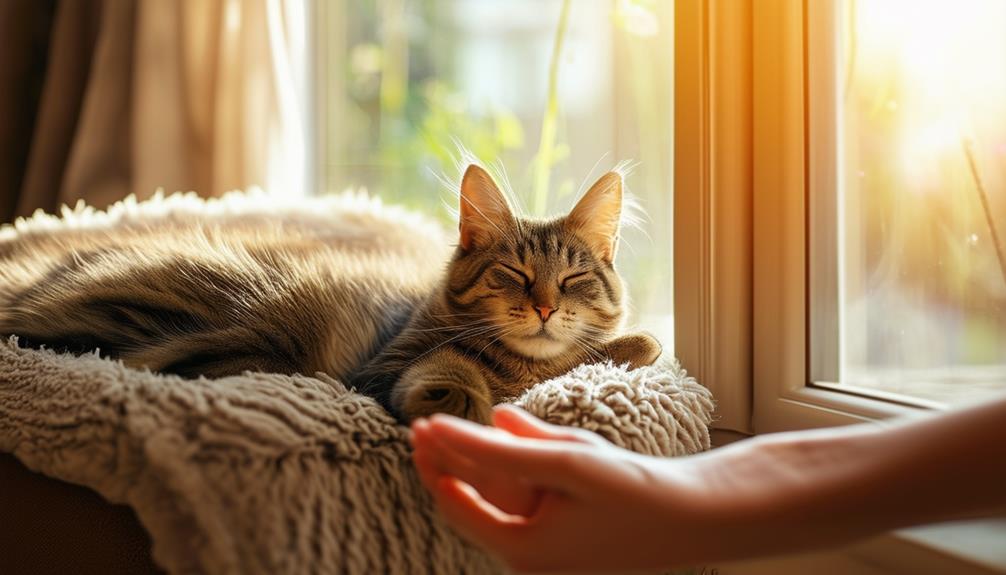
By paying attention to their body language, you will recognize their true emotions and needs.
Notice the position of their tail; a high, upright tail often indicates a happy, confident
Watch their ears and eyes—forward-facing ears and slow blinks suggest relaxation and affection. Conversely, flattened ears and dilated pupils might mean your
Listen to their vocalizations too; purring usually expresses contentment, but hissing or growling are clear signs of distress.
Conclusion
Building trust with your
Remember, a little patience goes a long way. Pay attention to their body language, and don’t rush the process. Trust takes time, but the reward is a happy, confident
